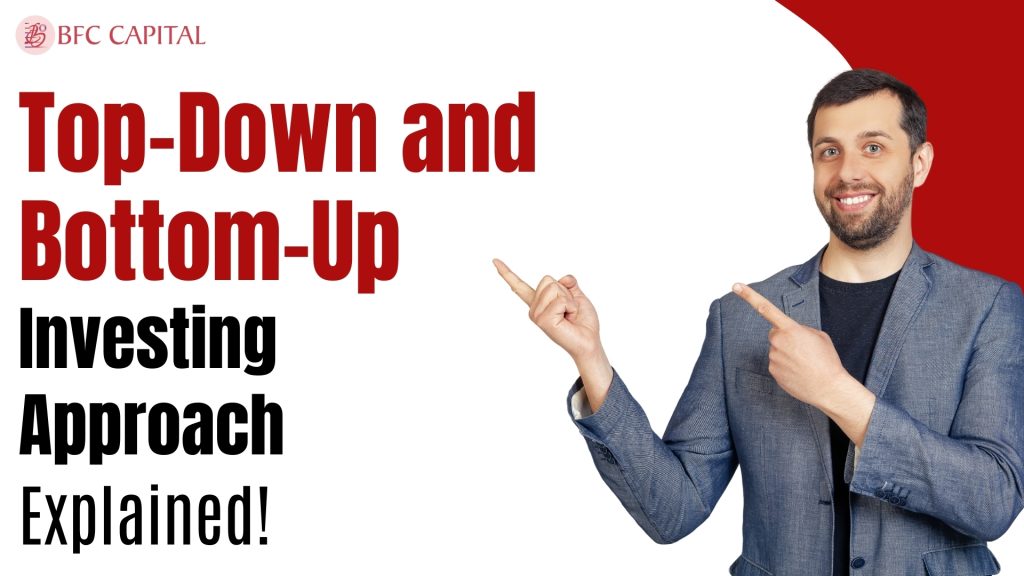
Investing is a challenging and mindful process, and there are lots of reasons behind it. One of the primary reasons is that there is no single success mantra. Suppose Mr Amit has made 25% annualized returns in the past 12 years.
However, if you ask Mr Amit to tell you his success mantra, he may not be able to do that. If he does tell you, there is a good chance it may not work in your case.
Now, you might be thinking, WHY? So the reason is the market is very volatile and the situation changes in no time. Not only this but how investors think about the market and economy differs from investor to investor.
Now the question that will be coming to your mind is that there is no success mantra to go with and that we should only depend on faith. No, my friend! The word you should acknowledge is ‘single’. If you want to go to point M – which indicates wealth, you can reach there through O -> Q -> R ->M. Your friend can reach point M via A-> B -> C -> M.
The thing you should take into account is that you can only go to point M if you begin and discover various options in investing, which can aid you in accomplishing your objective of wealth creation. In this article, BFC Capital is going to tell you about two notable approaches to investing: top-down and bottom-up.
Table of Contents
Top-Down Investing
Top-down investing is a macroeconomic procedure to investing. In this method, you evaluate the bigger economic environment and market conditions before choosing individual investments. Here are the important steps in the procedure of top-down investing:
- Economic Evaluation: If you want to go with this investment approach, you begin by evaluating the total economic sphere. It will involve determining factors like GDP growth, inflation, & interest rates, and government policies. You should concentrate on trends and possible risks that could influence different industries and sectors.
- Choosing the Sector: After analyzing the macroeconomic conditions, in top-down investing, you understand sectors or industries that are anticipated to do well in the present economic environment. For example, at the time of economic expansion, you might prefer sectors such as technology or discretionary spending, which tend to rise in such conditions.
- Selection of Stock: Once you have chosen the sector, you will dig more to choose particular stocks underlying those sectors. The most essential part of the process is to evaluate specific companies within the sectors you have opted to determine those with good growth prospects, strong financials, and peer advantages.
- Building a Portfolio: Now at last, you build a portfolio that meets with the macroeconomic perspective and sector choices. Please make sure that your portfolio comprises a variety of stocks. Not only this, you must have bonds and other assets, with the distribution defined by your macroeconomic vision.
Why Opt For a Top-Down Approach?
Let’s look at the top three advantage of top-down investing:
- It provides you an organized approach centered on economic data and trends.
- It aids you in staying away from industries or sectors that are possibly to not make the grade in the present economic environment. One of the significant things for investors is to make sure the portfolio drawback is slightest, and by avoiding underperforming industries, you do precisely that.
- The approach enables for diversification across different sectors and asset classes.
Bottom-Up Investing
Bottom-up investing, contrary to top-down approach, is a microeconomic approach. In this process, your concentration will be on evaluating particular stocks or assets in place of considering macroeconomic factors first. Here are the important steps in the procedure of bottom-up investing:
- Company Review: You begin bottom-up investing by studying and analyzing particular companies. It includes evaluating financial statements, competitive positioning (moat), management quality, and growth possibilities.
- Valuation: The next important step in the procedure is to define the inherent value of a company’s stock. For analysis, you make use of many factors such as earnings, cash flow, and growth capacity. It aids you in determining whether a stock is undervalued or overvalued.
- Risk evaluation: In bottom-up investing, you also look into particular risks connected with the company, like industry competition, regulatory challenges, or financial liquidity risks.
- Building Portfolio: After choosing particular stocks that satisfy their criteria, you construct a portfolio centered on the value of these stocks, no matter what the existing economic conditions or sector trends.
Why choose a top-down approach?
Here are three big reasons:
- It gives you a clear plan based on economic data and trends.
- It helps you stay away from industries or sectors that might do poorly right now. This helps protect your investments from big losses.
- It lets you spread your investments across different sectors and types of assets.
Which One Should You Choose? Top-Down Investing and Bottom-Up Investing
If we talk about it, there is no certain mantra for success. Likewise, it is very hard to answer this question. But, to give you a rough concept, you can choose top-down investing if you have a shorter investment period and can make repeated changes to your portfolio.
You can opt for a bottom-up approach when you have sufficient time and find it exciting to research and analyze particular companies. You opt for this approach because you have a longer investment period and are prepared to hold stocks for the long term.
Final Words
Top-down and bottom-up investing are two different approaches to investing. Each has its advantages and applications. The decision of choosing between these techniques depends on an investor’s objectives, risk appetite, and investment perspective.
If you are a beginner in investing, the ideal approach may include a mix of both top-down and bottom-up techniques. For instance, you could make use of a top-down approach to define your big asset distribution and sector choices centered on the economic environment, and then implement a bottom-up approach to choose individual investments within those sectors. If you follow this, you can make the most from the macroeconomic point of view and the detailed evaluation of individual companies.
Please share your thoughts on this post by leaving a reply in the comments section.
Contact us via Phone, WhatsApp, or Email to learn more about mutual funds, or visit our website. Alternatively, you can download the Prodigy Pro app to start investing today!
Disclaimer – This article is for educational purposes only and does not intend to substitute expert guidance. Mutual fund investments are subject to market risks. Please read the scheme-related document carefully before investing.

Assistant Vice President – Research & Analysis
Akash Gupta heads the Research & Analysis department at BFC CAPITAL, where he combines in-depth market insights with strategic analysis. He holds multiple certifications, including:
- NISM-Series-XIII: Common Derivatives Certification
- NISM-Series-VIII: Equity Derivatives Certification
- NISM-Series-XXI-A: Portfolio Management Services Certification
- IRDAI Certification
With his expertise in equity, derivatives, and portfolio management, Akash plays a key role in providing research-backed strategies and actionable insights to help clients navigate the investment landscape.

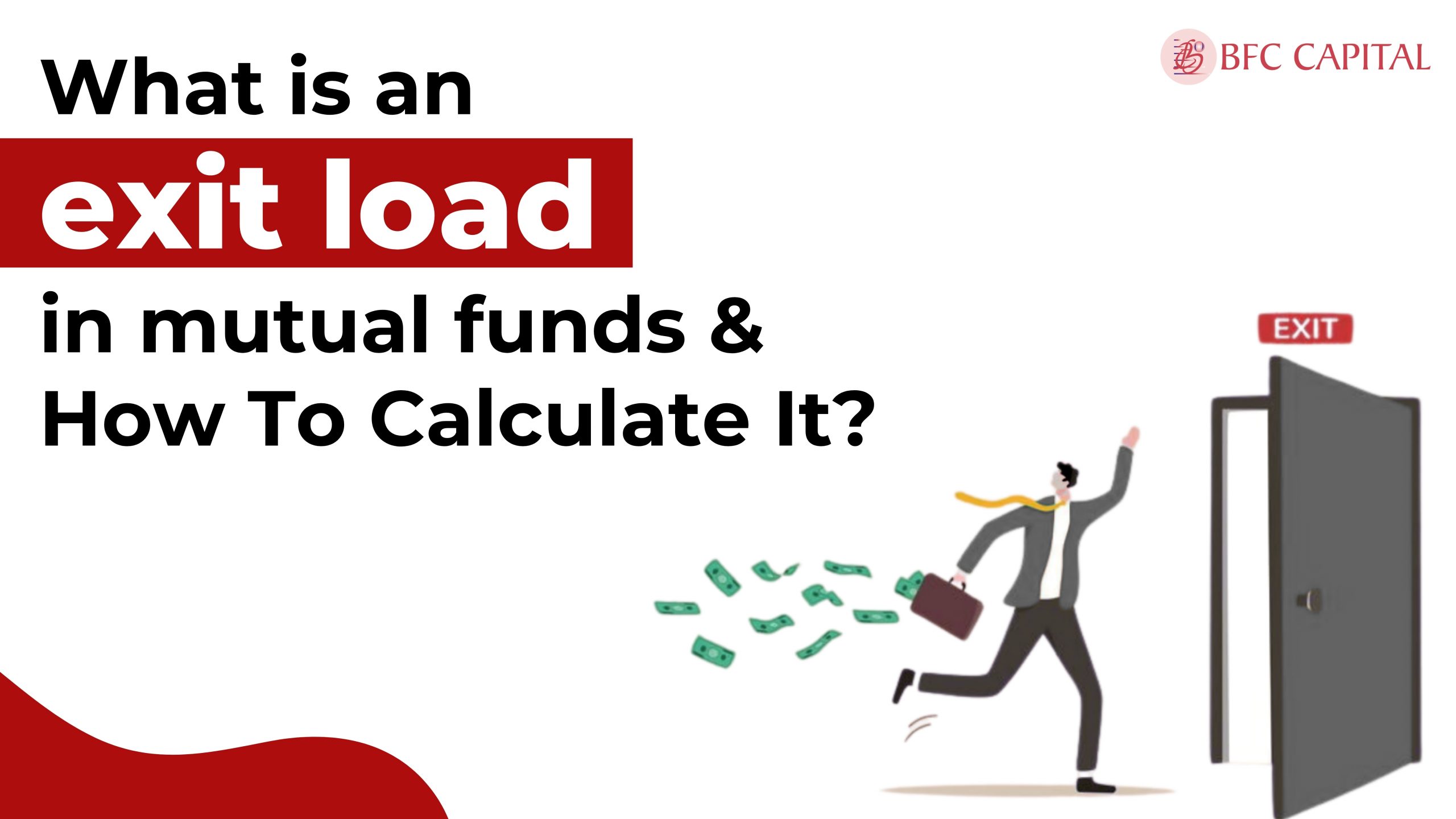
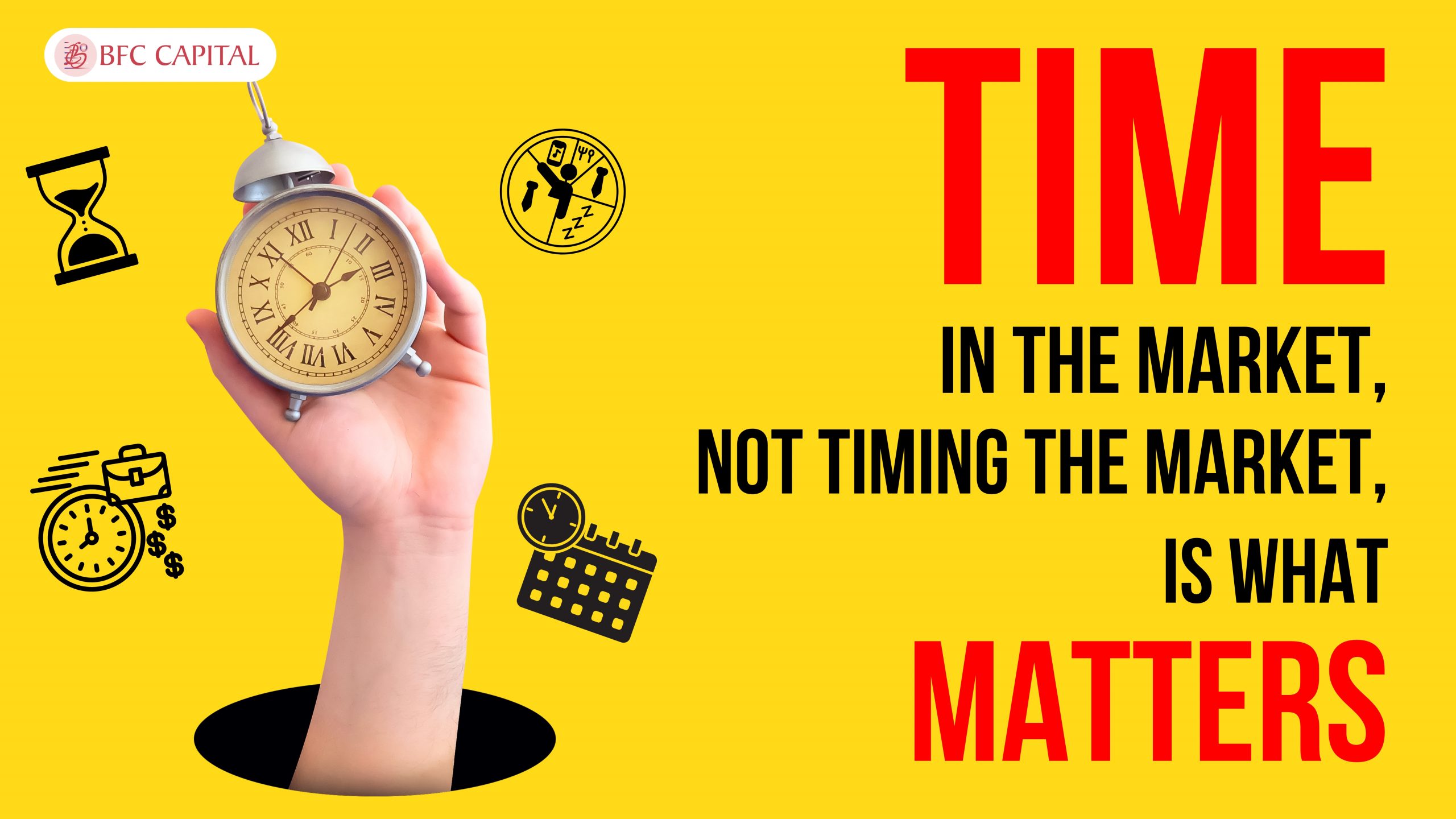

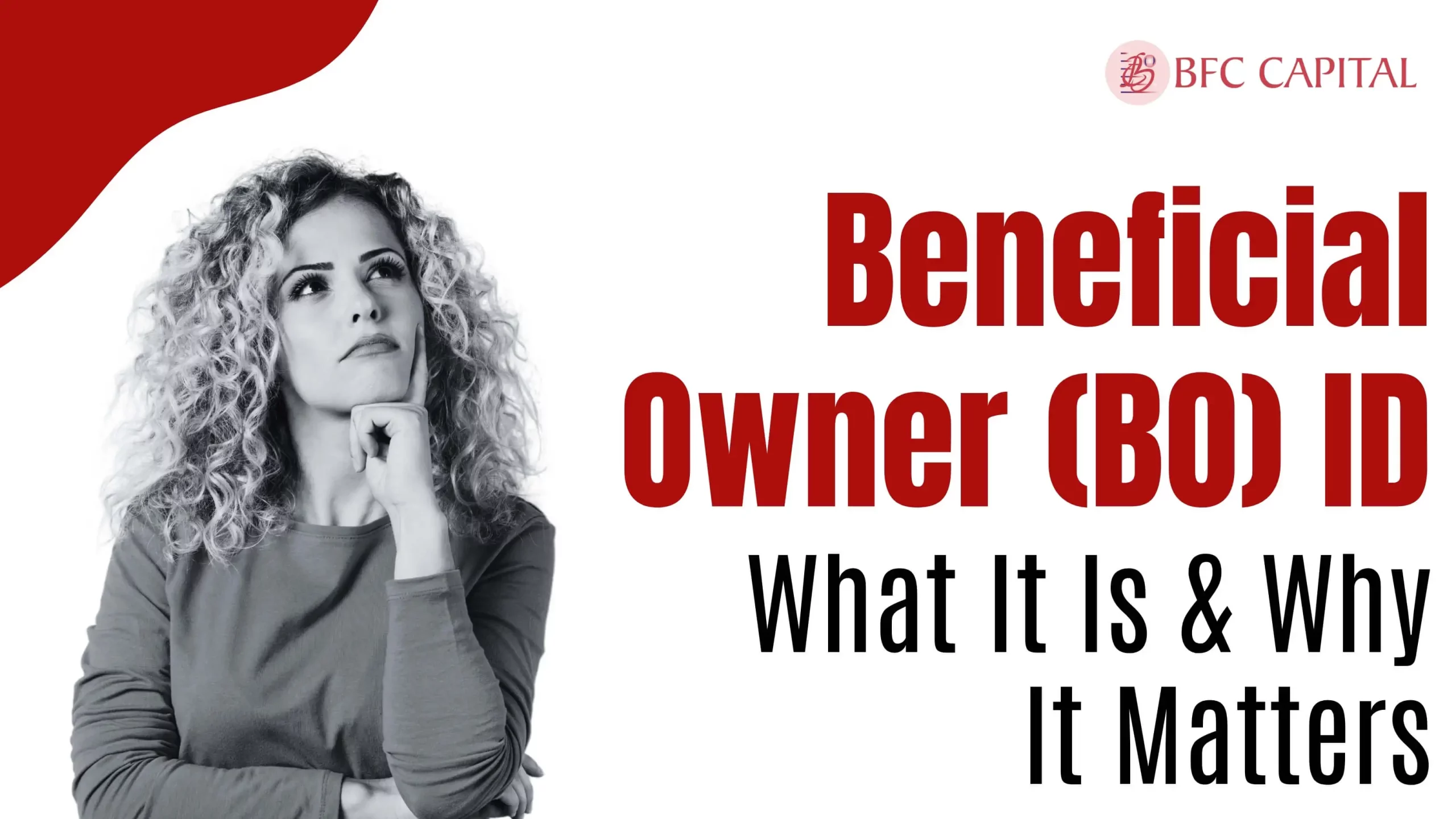


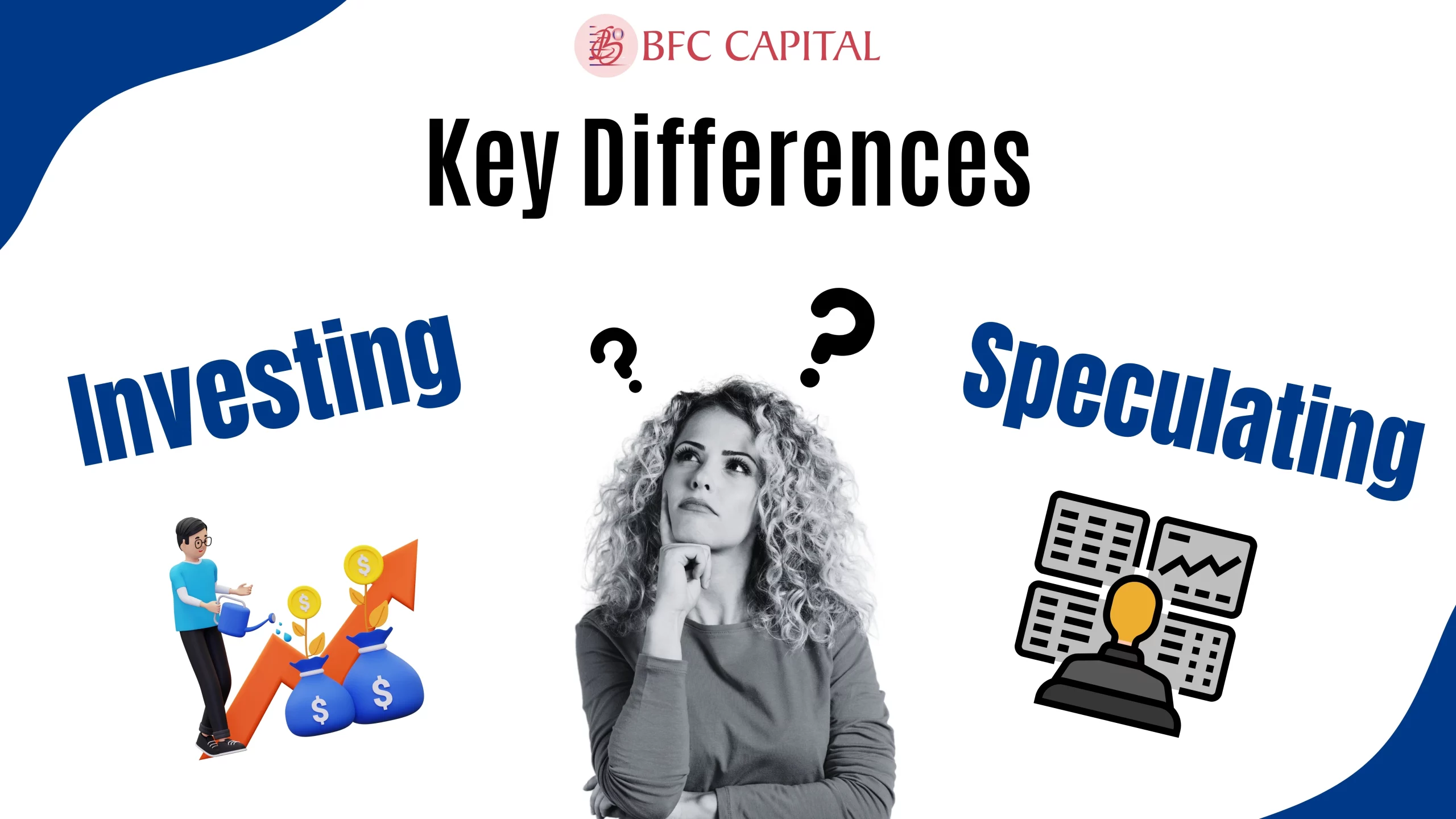
Name: Macaulay Duration: Definition, Formula, Example, and How It Works
says:[…] Please share your thoughts on this post by leaving a reply in the comments section. Also, check out our recent post on: “What Is a Top-Down Investing and Bottom-Up Investing Approach?“ […]